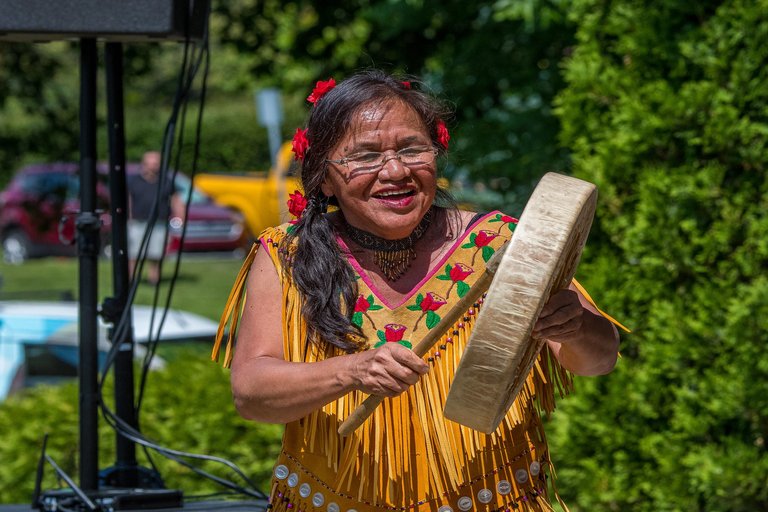Nutrition Experts Promote Indigenous Ingredients for Holistic Wellness
Traditional foods such as wild rice, seaweed, and bison are being reintroduced into modern Canadian diets, merging heritage with health in a growing culinary movement.
Published: June 11, 2025 at 08:33
By: By Jonah McAllister, Tundra Bulletin

Canadian nutrition experts are turning their attention to Indigenous ingredients as part of a broader push toward holistic and sustainable wellness. Once marginalized in mainstream diets, traditional foods like wild rice, cedar tea, seaweed, and bison are regaining visibility through community programs, restaurant menus, and health initiatives.
At the heart of this movement is the recognition that Indigenous food systems are deeply tied to land stewardship, seasonal cycles, and ancestral knowledge — values that align with modern concepts of whole-body wellness and environmental sustainability.
Registered dietitian Cheryl Antoine, a member of the Métis Nation of Alberta, says these ingredients are not only rich in nutrients but also in cultural significance. “We’re seeing a new generation of health-conscious Canadians who want food that tells a story and supports local ecosystems,” she says.
Across Canada, First Nations-run farms and fisheries are scaling up production of ingredients like Arctic char and Labrador tea, partnering with grocers and chefs to introduce them to wider audiences. In British Columbia, the Indigenous-owned Skwlāx Wellness Centre incorporates local botanicals into nutrition and spa offerings.
Scientific research backs up the nutritional value. Wild game meats such as elk and bison offer lean protein with high levels of omega-3s, while traditional grains like wild rice are naturally gluten-free and packed with antioxidants and fiber.
Some schools are also getting involved. A pilot program in Manitoba integrates Indigenous ingredients into school lunch programs, accompanied by lessons in cultural history and ecology. Early feedback suggests students are more engaged and open to trying new foods.
While demand grows, accessibility remains a challenge. Many Indigenous communities still face food insecurity and limited access to traditional foods due to industrial development, climate change, and historic displacements. Advocates are calling for policy support to improve distribution and sovereignty.
Despite obstacles, the revival of Indigenous ingredients in Canadian wellness culture represents a powerful shift — one that honors tradition while addressing contemporary health and environmental concerns. It’s a recipe for reconnection that is nourishing in every sense of the word.